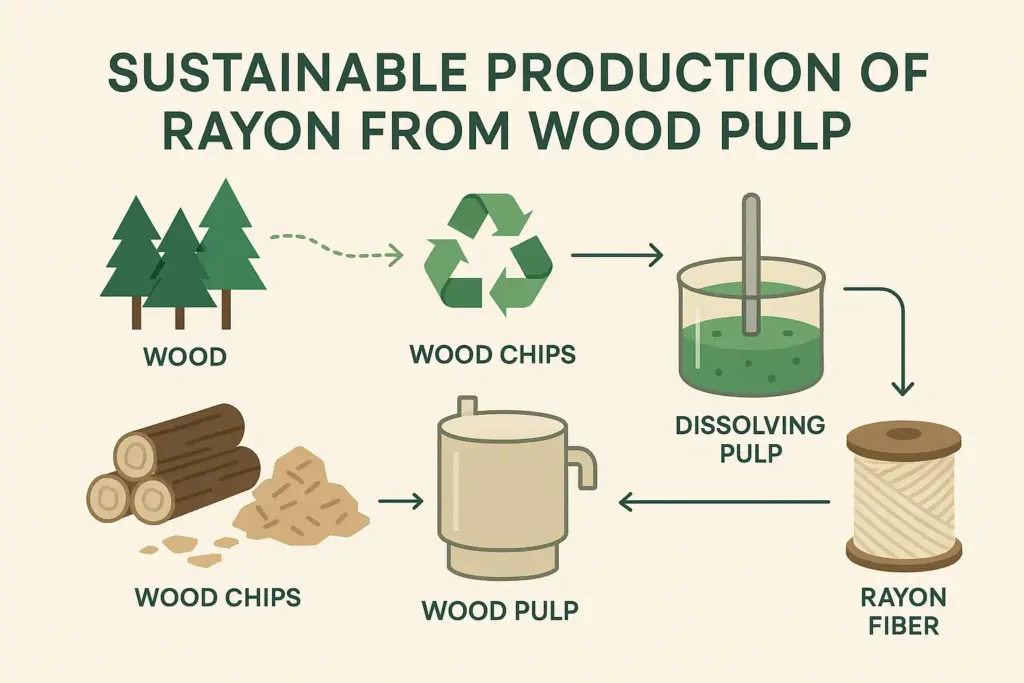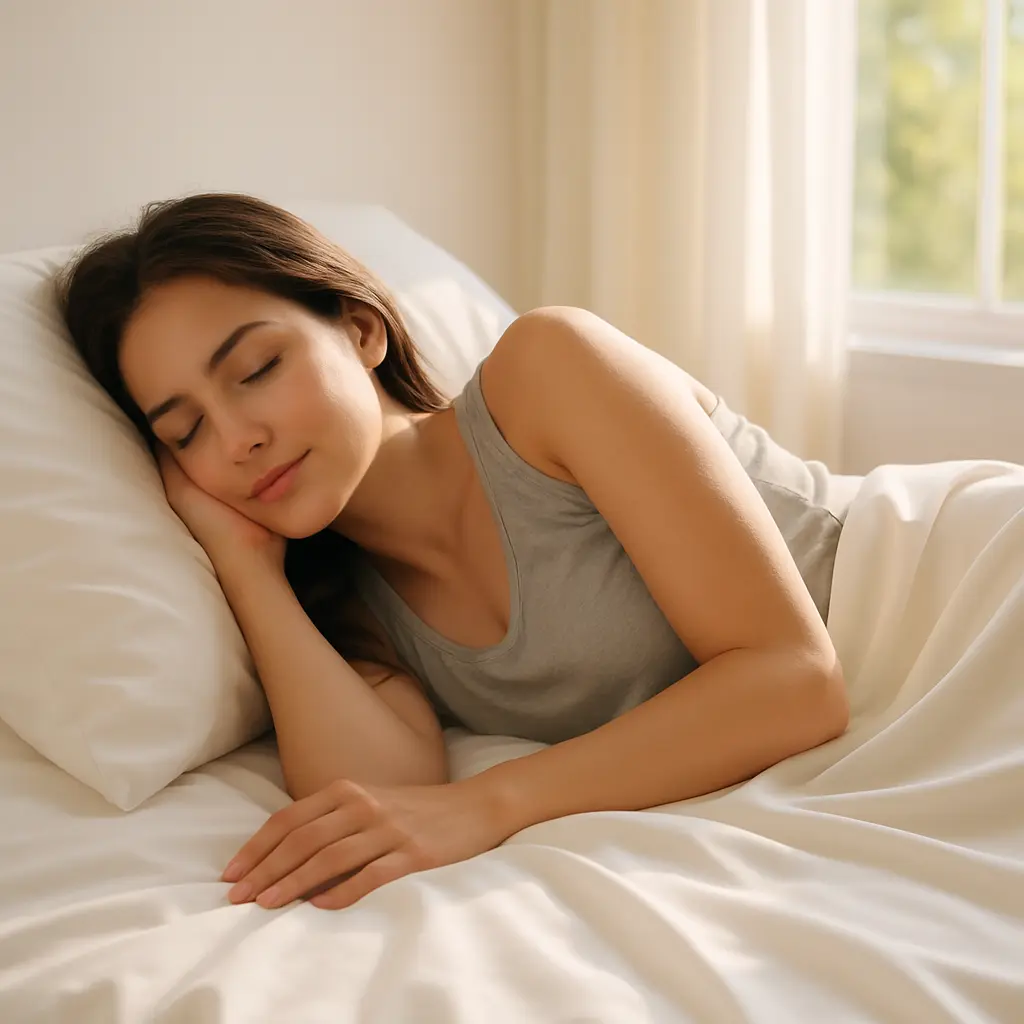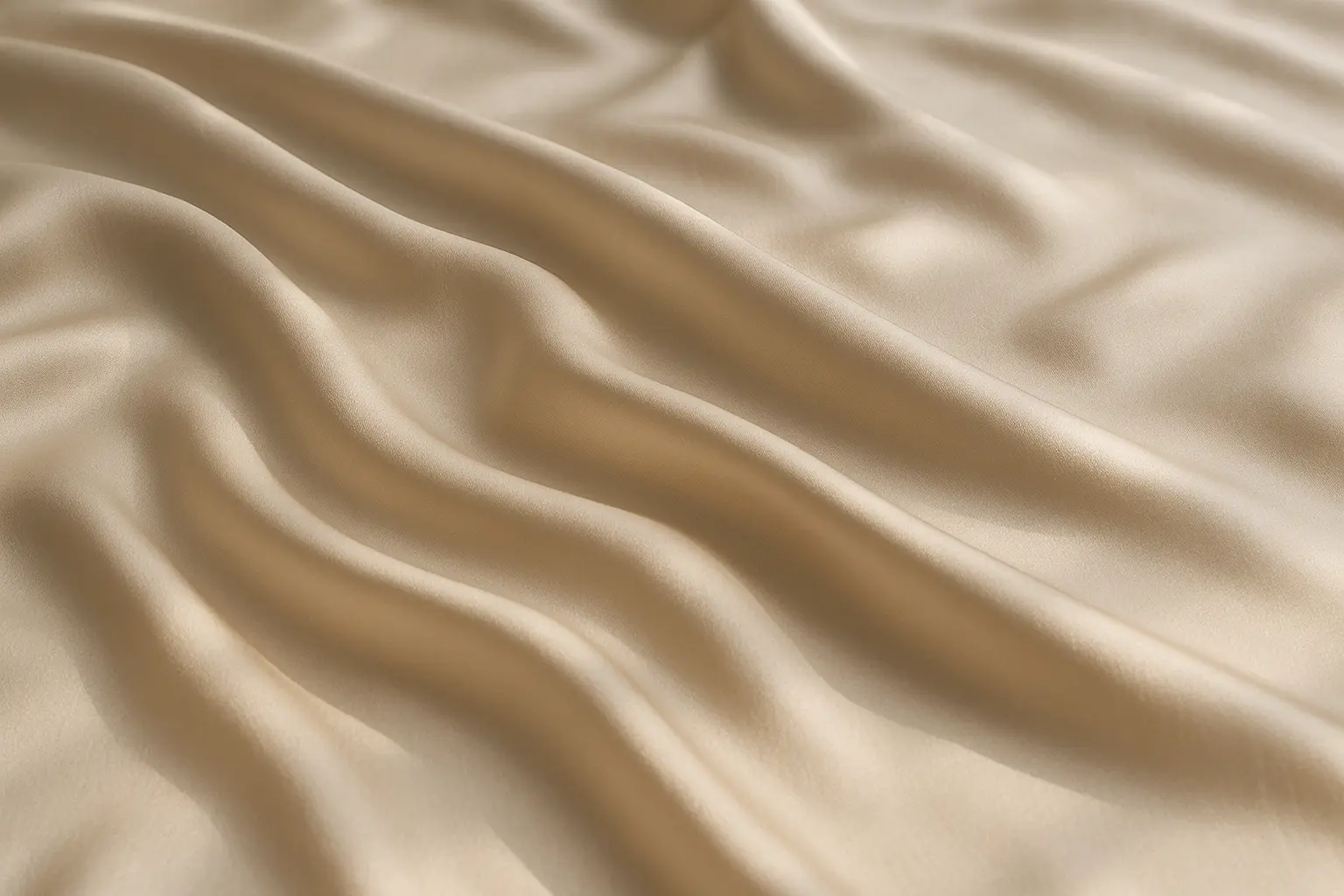Rayon is one of the most versatile and widely used fibers in the textile industry, particularly in bedding, fashion, and upholstery. Known for its silk-like softness, breathability, and affordable price, rayon plays a significant role in commercial and residential textile products alike.
This article explores the characteristics of rayon, how it’s made, and why it continues to be a go-to fabric for manufacturers, designers, and procurement teams in the home textile industry.
What Is Rayon?
Rayon is a semi-synthetic fiber made from regenerated cellulose, typically derived from wood pulp, bamboo, or cotton linters. It was the first man-made fiber, originally developed as an alternative to silk in the late 19th century.
Although its source is natural, rayon undergoes a chemical transformation process to become a usable textile fiber, making it semi-synthetic rather than fully natural or fully synthetic.

Key Properties of Rayon
1. Silky Soft Texture
Rayon is prized for its smooth, cool hand-feel, often compared to silk. In bedding, it’s used to deliver luxury-like comfort at a fraction of the cost.
2. Excellent Breathability
Because rayon is derived from natural cellulose, it allows air to circulate, making it ideal for hot sleepers and warm climates.
3. Moisture Absorption
Rayon absorbs more moisture than cotton, which helps regulate body temperature and reduces night sweats when used in sheets or pillowcases.
4. Drape & Flow
Rayon has excellent draping qualities, making it suitable for bed skirts, curtains, or duvet covers with an elegant, flowing appearance.
5. Affordability
Compared to silk or high-grade cotton, rayon offers a luxurious feel without a premium price, making it popular in both retail and commercial applications.
Types of Rayon Used in Textiles
| Type | Description | Typical Bedding Use |
|---|---|---|
| Viscose Rayon | Most common type; soft, absorbent | Sheets, pillowcases, duvet covers |
| Modal | Stronger, often blended with cotton or polyester | Mattress toppers, premium sheets |
| Lyocell (TENCEL™) | Eco-friendlier, closed-loop production, softer hand | High-end bedding, comforters |
| Bamboo Rayon | Marketed as bamboo-derived, technically viscose | Sheets, quilt covers, pillow shells |
Applications of Rayon in Bedding
Rayon’s texture and performance make it well-suited for a wide variety of bedding products, especially when targeting markets that demand eco-conscious, comfortable, and luxurious-feeling textiles.
- Flat and Fitted Sheets – Lightweight and breathable
- Pillowcases – Smooth and gentle on the skin
- Comforter Shells – Moisture-wicking and soft to the touch
- Mattress Pads & Covers – Often blended with cotton for strength
- Decorative Throws or Quilts – Drapable and cool against the skin
Commercial Advantages of Rayon Bedding
- ✅ Guest Comfort: Perfect for boutique hotels or resorts seeking a soft, breathable alternative to polyester or basic cotton.
- ✅ Eco Appeal: Rayon (especially Lyocell) is often marketed as sustainable, especially when made from FSC-certified forests.
- ✅ Brand Differentiation: Rayon’s silk-like feel enhances perceived value in mid-to-high-tier product lines.
- ✅ Versatile Blending: Rayon blends well with cotton, polyester, or spandex to achieve different textures and price points.

Considerations for Use
While rayon has many advantages, it’s important to note:
- It can be prone to wrinkling and shrinkage if not properly finished.
- Some types may lose strength when wet—blending with cotton or polyester improves durability.
- Care requirements vary: some rayon bedding is machine-washable, others may require delicate washing or line drying.
Conclusion
Rayon is a fiber that bridges the gap between luxury and practicality. It offers softness, breathability, and affordability in one package, making it a popular choice for manufacturers and hospitality buyers seeking comfort-driven performance.
Whether you’re sourcing fabrics for a bedding collection, a hotel project, or private-label development, rayon offers compelling value—especially when sustainability, texture, and consumer comfort are top priorities.


Leave a Reply